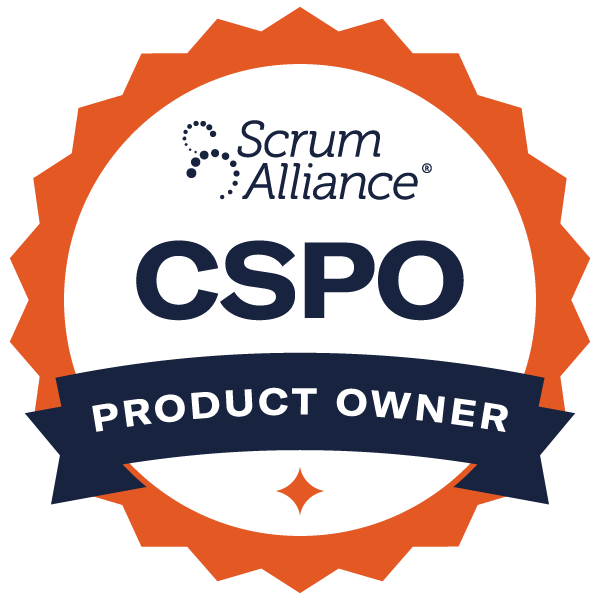
Back to results

Certified Scrum Product Owner®
Taught by: Samir Chhibber
Advance your career with high-value product management skills. CSPO® delves into the scrum framework, agile principles, and relentless focus on delivering customer value. Scrum Alliance-certified trainers have exceptional qualifications, including extensive product management experience. A two-year Scrum Alliance professional membership is included with your successful completion of this course.

Back to results
10 - 11 September, 2025 |
9:00 AM EDT |
8 hrs/day
$1,495
Course details
About the trainer
Location
Online
Reviews
4.60
out of 5.0 stars

More courses by Samir
 Certified Scrum Product Owner®
Certified Scrum Product Owner®
Where & when
-
Wed May 14 - 15, 2025
-
9:00 AM PDT
-
Live Online
 Certified Scrum Product Owner®
Certified Scrum Product Owner®
Where & when
-
Wed Jun 04 - 05, 2025
-
9:00 AM EDT
-
Live Online
 Certified Scrum Product Owner®
Certified Scrum Product Owner®
Where & when
-
Wed Jun 18 - 19, 2025
-
9:00 AM EDT
-
Live Online